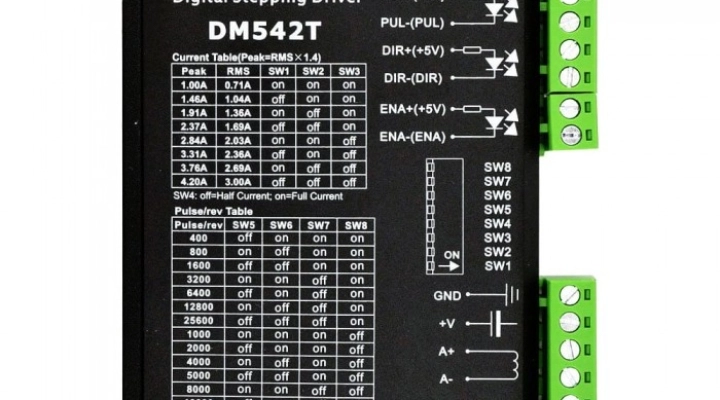Here are some common examples of <a href=https://www.oyostepper.it/category-16-b0-Driver-motore-passo-passo.html>stepper motor driver</a>:
Unipolar Driver: This type of driver is specifically designed for unipolar stepper motors. Provides power and current flow control for the motor windings. Single-pole drivers are generally easy to use and are often used in small-scale or hobby applications.
Bipolar driver: Bipolar drivers are suitable for <a href=https://www.oyostepper.it/category-13-b0-Motore-passo-passo-bipolare.html>bipolar stepper motor</a>
. These drivers can provide greater output torque than single-pole drivers. They can be powered with higher voltages and often require more complex control circuitry than single-pole drivers.
H-Bridge Driver: This type of driver can drive both unipolar and bipolar stepper motors. It uses an H-bridge configuration to control the direction of rotation of the motor and regulate the current. H-bridge drivers are widely used in robotic and automation applications.
Microstepping Drivers: Microstepping drivers allow you to control the stepper motor with greater precision than standard drivers. They can generate smaller current pulses, allowing the motor to move in fractions of a step, improving resolution and reducing vibration. Microstepping drivers are often preferred in applications requiring precise positioning control.
It is important to select the appropriate driver based on the specifications of the stepper motor you intend to use, taking into account the supply voltage, current required, motor type (unipolar or bipolar) and motion control needs. Furthermore, the compatibility and interfacing of the driver with the control system used must be considered, such as the input signals and supported communication interfaces.







